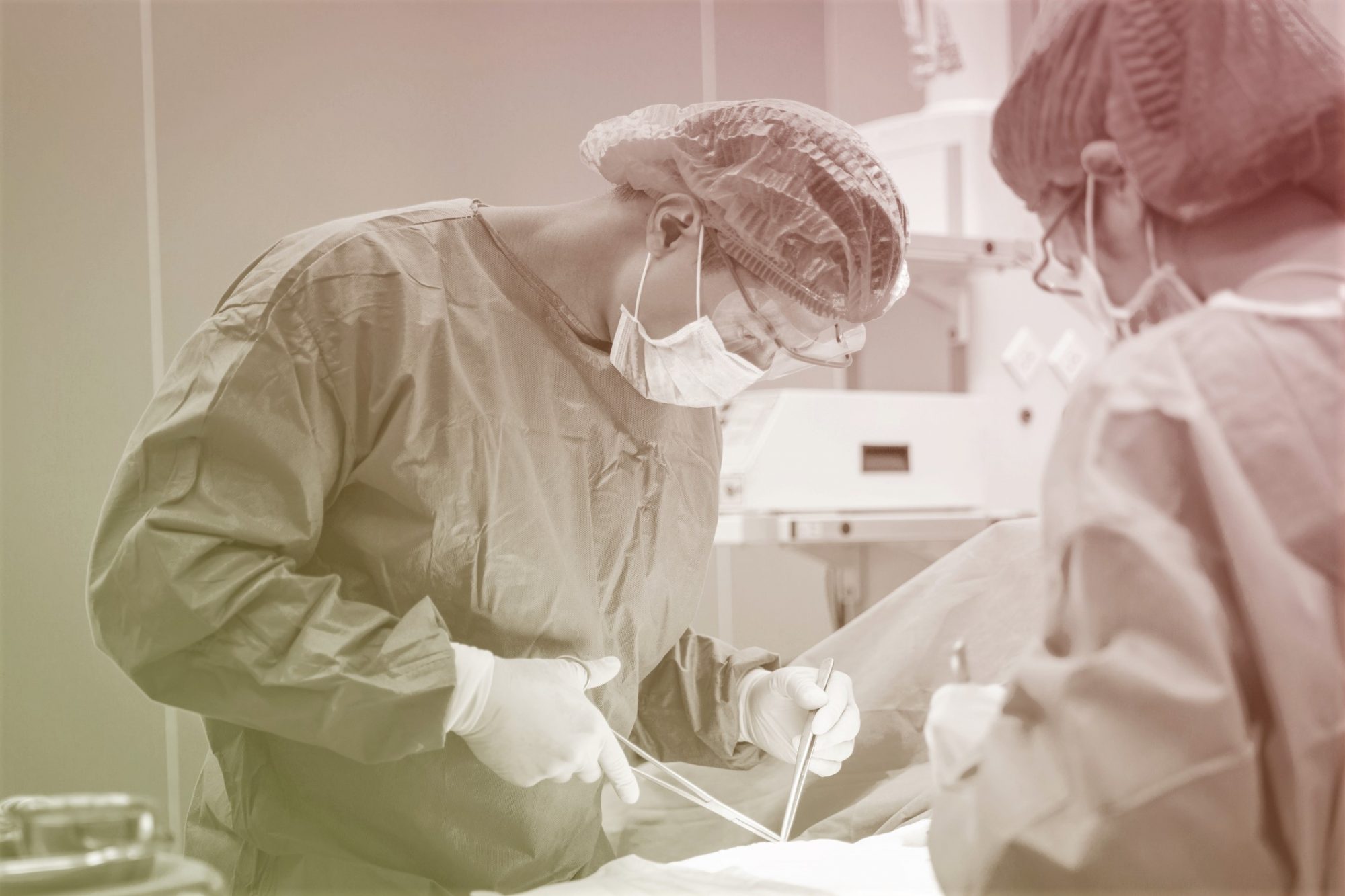
Michelle, a 32-year-old nurse from Pennsylvania who prefers not to give her last name, never thought she would be able to give birth. During a visit to the gynecologist at 16 to find out why she didn't have her period yet, Michelle discovered she was born without a uterus.
Clinically, her diagnosis was uterine factor infertility (UFI), a condition that may affect 1 in 500 women. "I gradually accepted there were other options to becoming a mother, such as adoption, surrogacy, or even fostering children," says Michelle.
But in 2016, a friend tagged her in a Facebook post from the Cleveland Clinic about a trial for a uterus transplant. Earlier that year, Cleveland Clinic had performed the nation's first uterine transplant, and was looking for additional participants. Michelle talked to her husband, Rich, reached out, and was eventually accepted into the Cleveland Clinic uterine transplant program.
Then began a four-year journey, which included extensive interviews and meetings with medical experts, along with a slew of tests to ensure Michelle was a healthy transplant candidate. The next step for Michelle was to undergo ovarian stimulation, egg retrieval, and in vitro fertilization. This is necessary for a uterus transplant because the uterus will not be connected to the fallopian tubes after surgery.
"The patient's eggs are retrieved and fertilized before the transplant, and patients have several embryo's ready to go and then do the transplant," says Andreas Tzakis, M.D., Ph.D., director emeritus of transplantation at Cleveland Clinic.
Once the embryos were created, Michelle and her husband anxiously waited for a match from a deceased-donor uterus. Michelle had to keep a hospital bag packed at all times and be ready to travel to Cleveland at a moment's notice.
After three false alarms, a match was found in January 2019 and doctors performed the 14-hour surgery on Michelle the next day. It was a success—at 31, Michelle had her first period ever. And in July 2019, she had her first embryo transfer. "Once I got the transfer, we had to wait two weeks for a blood test to find out if I was pregnant or not. But I decided six days after my transfer to take a home pregnancy test. And it was positive," says Michelle. "I had so many emotions. I never thought I would see a positive pregnancy test."
In March 2020, her son Cole entered the world at 5 pounds 12 ounces via C-section, which is considered a safer option after a uterus transplant. Baby Cole is thriving and meeting all his milestones. Michelle is hopeful her experience will improve science and give other women experiencing similar infertility more options to motherhood. "Someday this [uterus transplant] might become available for all women," she says. "Never give up hope. There's always a path to parenthood, even though it seems like it might be miles away. It's worth waiting and continuing your journey."
What is a Uterus Transplant?
A uterus transplant is a procedure where a healthy uterus is placed into a patient without a uterus or with a nonfunctioning one. At the Cleveland Clinic, the uterus is acquired from deceased donors. (However, living donors are used in other programs.) "At this stage we prefer using deceased donors because we want to lessen the potential complications for living donors," says Dr. Tzakis. "Both donors and recipients have to be young, healthy individuals, and they have to have compatible blood types and no preformed antibodies. Candidates are most commonly women who are born without a uterus (MRKH syndrome), and other candidates include women whose uterus has been removed."
Uterus transplantation is still considered experimental and only performed as part of a clinical trial, according to the Cleveland Clinic. Approximately 50 uterus transplants have been done worldwide since the first in Sweden in 2014. The entire procedure takes between six to eight hours.
"At Cleveland Clinic, we have been 80 percent successful [with procedures resulting in births so far]," says Dr. Tzakis. "And women can have two children. We remove the transplant after the second child to stop immunosuppressants for the patients."
Immediately after her C-section, Michelle had a hysterectomy to remove the uterus. "I could have kept it for another child, but my kidney functions were a little bit elevated and I wanted to be healthy for [my son]," she says. "I got a healthy baby that I would have never had before, so even though I wanted to keep it for a second, I knew the outcome was better if I did not."
Why is a Uterus Transplant Performed?
Uterus transplants are done to give women, who may not have been able to conceive otherwise, the option to give birth. "Women who opt for this procedure want to take the risk, responsibility, and the joy of pregnancy and delivery of their own child," says Dr. Tzakis.
What are the Risks of a Uterus Transplant?
As with any medical procedure, there can be risks to a uterus transplant. Bleeding and infection are common risks. According to Dr. Tzakis, the risks are equivalent to those of a kidney transplant, such as immunosuppression. Immunosuppressant drugs lower the body's immune system reducing its ability to reject a transplanted organ. "Immunosuppression starts at the time of the transplant and is stopped when the uterus is removed," says Dr. Tzakis.
There is also risk for post-surgery complication. While Michelle's surgery was a success, she endured blood clots and bleeding in her abdomen which required another surgery six days later. After that, she was put on blood thinners, and stayed in the hospital for monitoring for about a month.
What are the Benefits of a Uterus Transplant?
For women who don't have a uterus, adoption and surrogacy have typically been the only options available in order to have children. "They have been very valuable," says Dr. Tzakis. "Nevertheless, there are many women who for several reasons cannot or choose to not proceed with these two options. The uterus transplant is done in order for these women to have babies."





